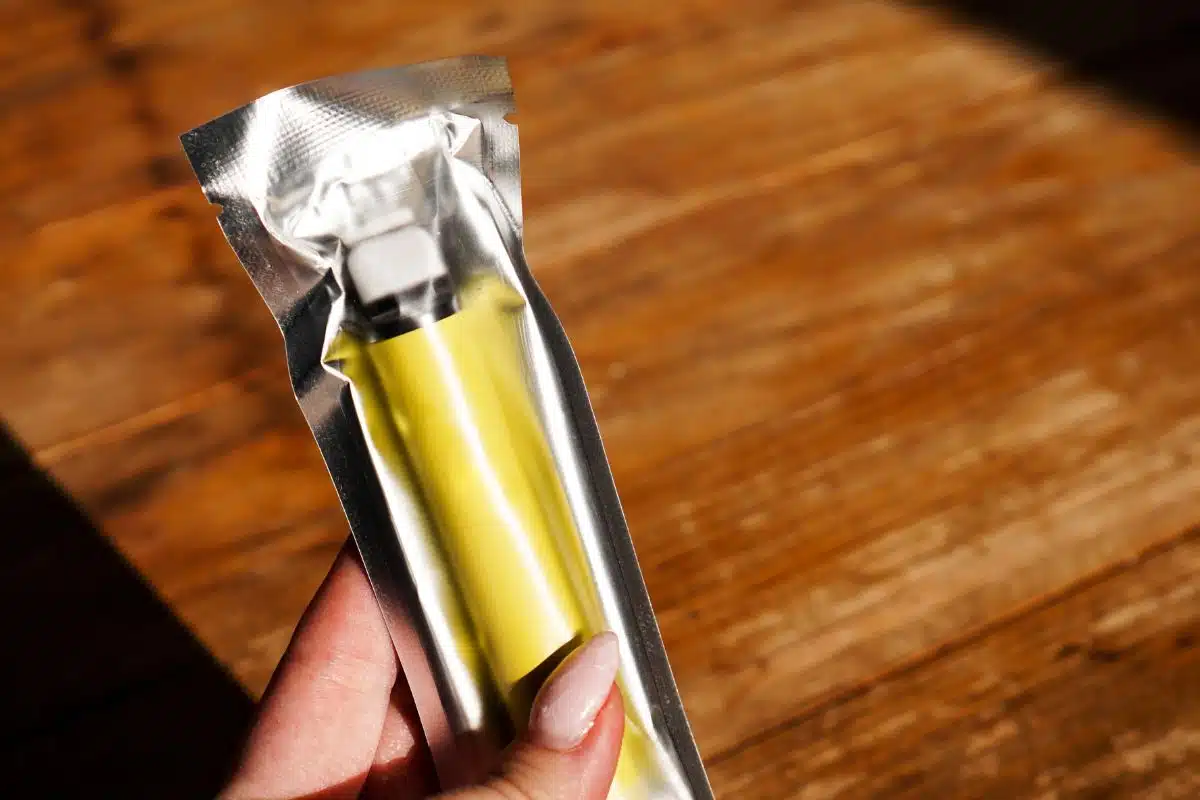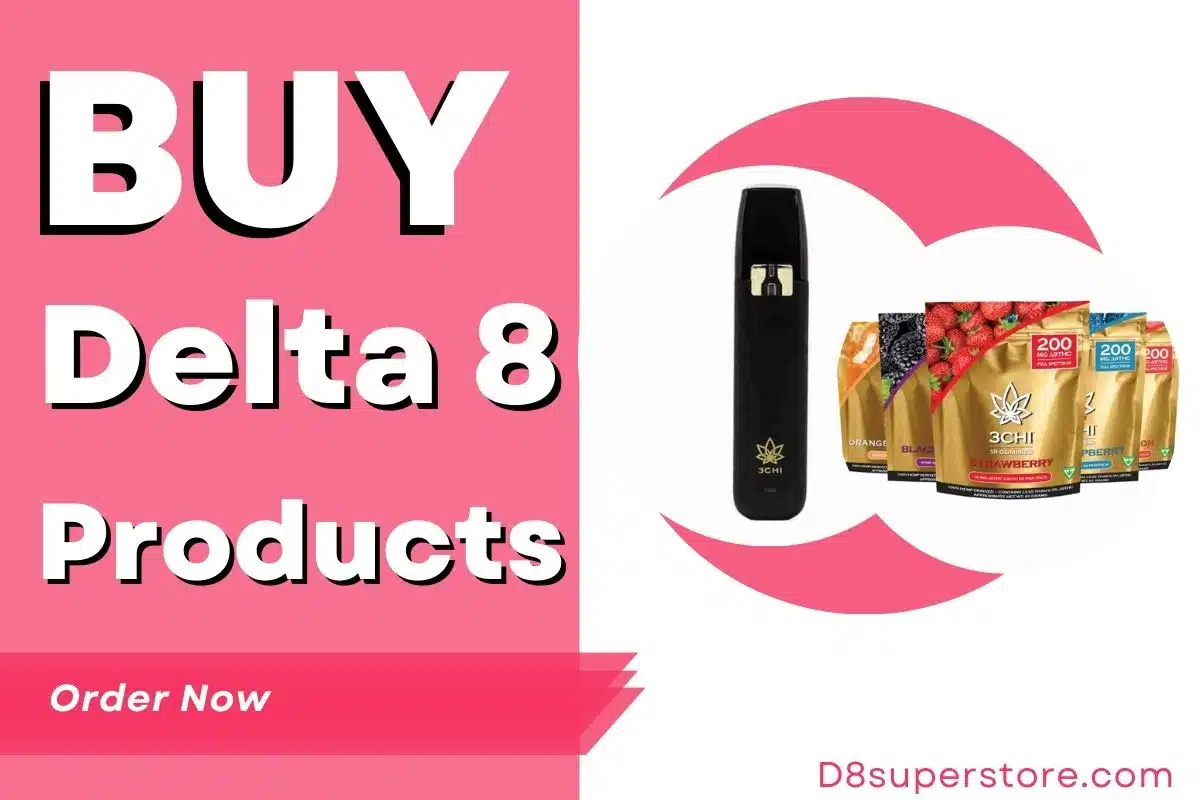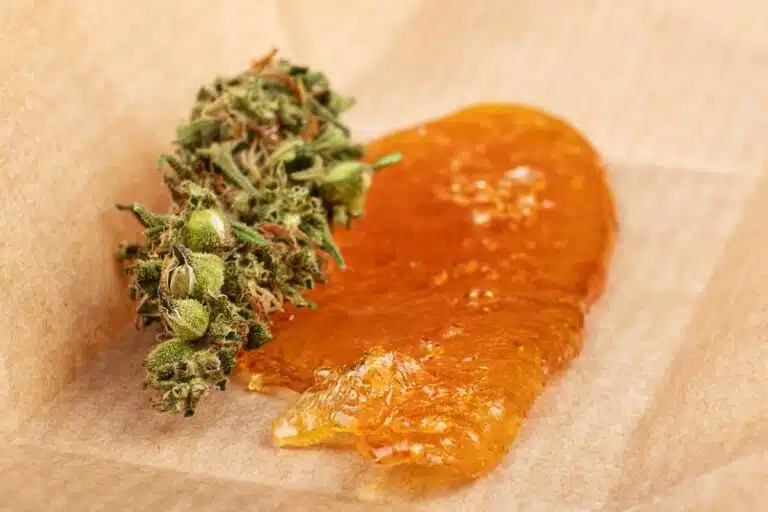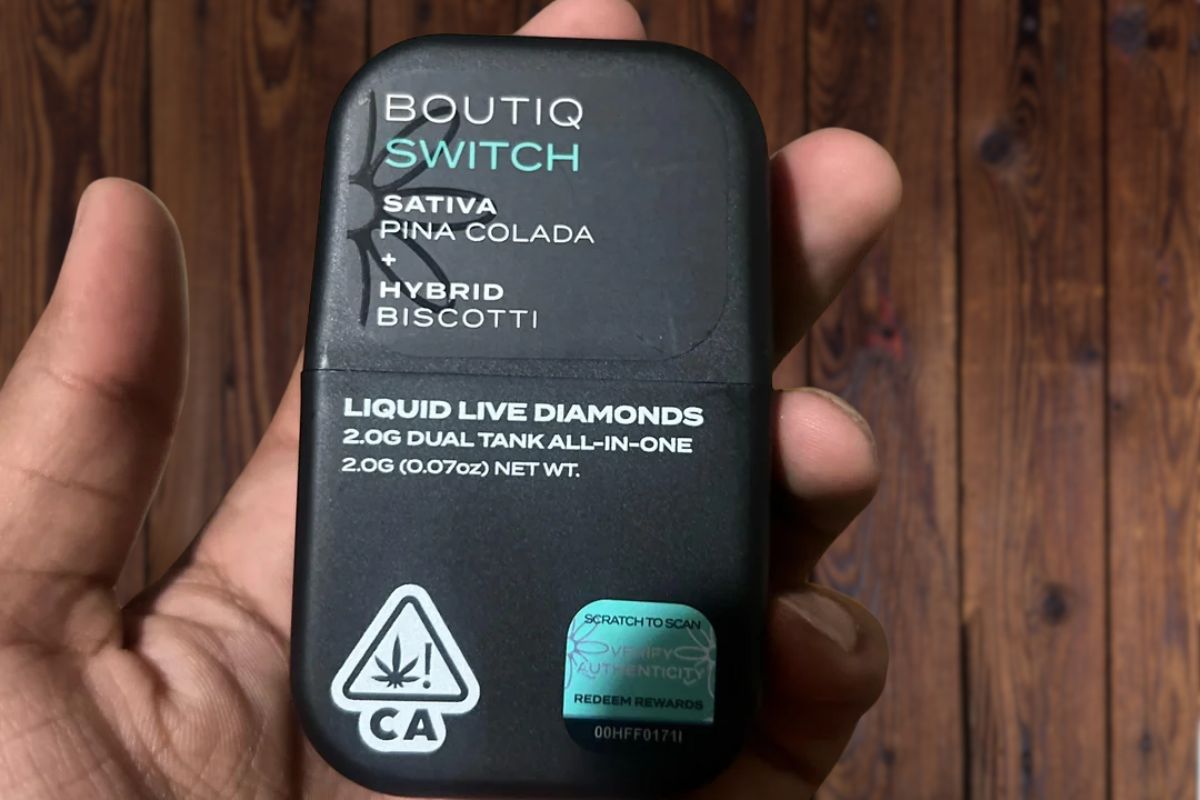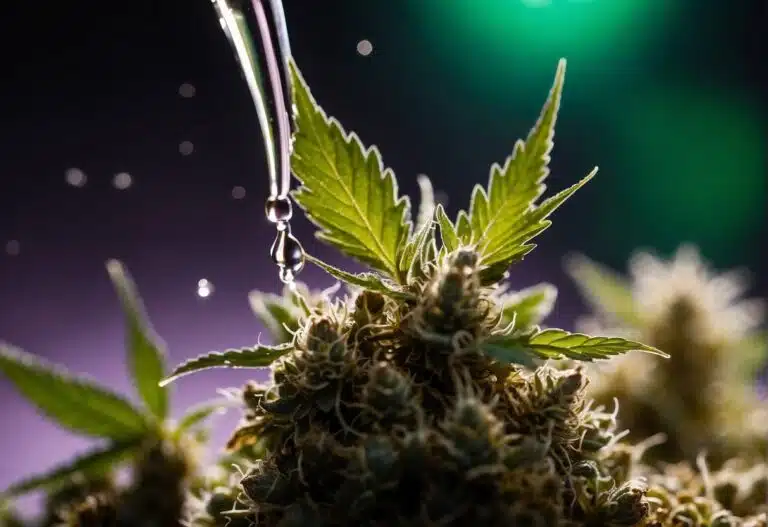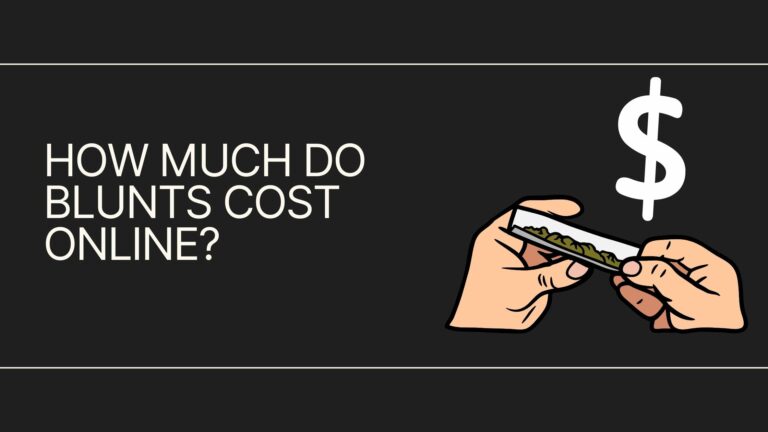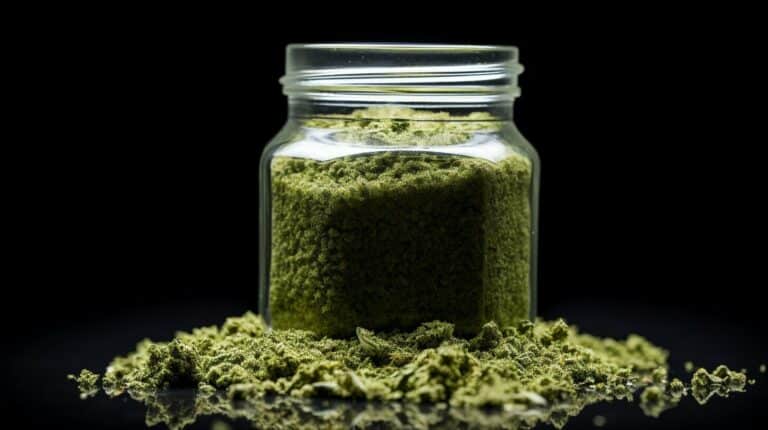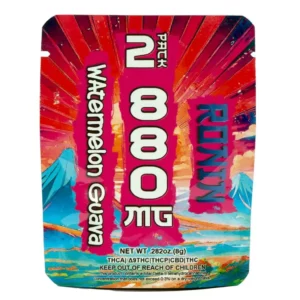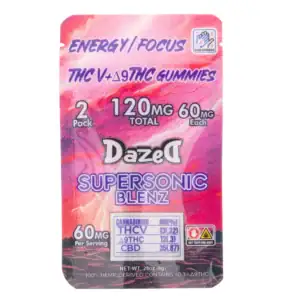How to Tell if You Have a Fake Delta 8 Disposable: Identification Tips
In the whirlwind of Delta 8 treats, dodgy vaping tools can be a real pain for shoppers and vendors alike. Knowing whether a Delta 8 disposable vape is authentic is key—it ensures you’re not throwing your cash down the drain and also protects your health. I found out real ones boast special features that set them apart from the fakes.
When examining a Delta 8 disposable, I pay close attention to the labeling and packaging. Genuine manufacturers typically include a QR code that I can scan to access lab results, verifying the product’s contents. High-quality packaging that’s tamper-evident offers another layer of assurance. Additionally, I look at the company’s reputation and the availability of comprehensive product information. Reputable brands often have a strong online presence and customer service accountability.
Table of contents
The visual and physical aspects of the vape oil can also be telling. Clear, consistent oil with a viscous consistency suggests a legitimate product, while discoloration, cloudiness, or visible particles raise red flags about the purity and safety of the contents. These observations assist me in making informed choices about the disposable vapes I consider using, steering clear of potentially harmful fakes.
Recognizing Authentic Delta 8 Products
In my experience, authenticating Delta 8 products is crucial to ensure safety and quality. Here’s what I look for:
Quality and Appearance
- Color: A notable indicator of authenticity in Delta 8 disposables is their color. The oil should be clear, lightly gold, or amber-hued. Cloudiness or unusual darkness often signals a counterfeit or low-quality product.
- Consistency: The viscosity of the oil in the cart should be thick. If the oil moves quickly when the cart is tilted, I’d be suspicious of its purity.
Packaging and Labeling
- Brand Information: Authentic packaging is usually well-designed with clear, high-quality printing. I check for the brand’s name, trademarked logos, and a batch number indicating a reputable product.
- List of Contents: Legitimate Delta 8 products typically list contents and lab results for cannabinoids and potential contaminants. The absence of such information on packaging raises a red flag for me.
- Holograms and QR codes: Some brands include holograms or QR codes that link to lab results or product authenticity. I scan these codes to verify the product’s legitimacy.
Branding and Trademarks
- Trademarked logos: Legitimate products often have trademarked logos. I look for the ™ or ® symbol alongside the brand name to ensure that it’s an officially registered trademark.
- Verification with Brand: Many companies have authenticity checks available on their websites. I enter the product’s code on the site to confirm it’s a real item and that the code has not been previously used.
Understanding Delta 8 Authentication
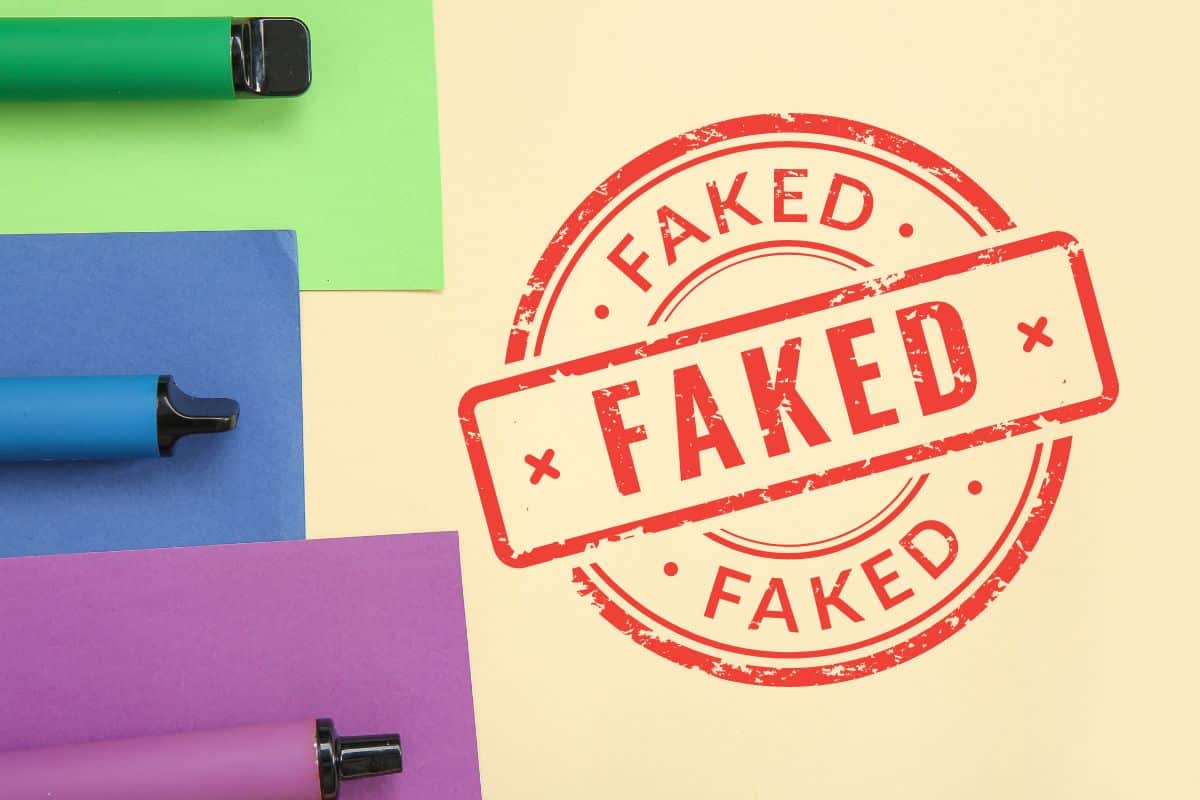
In ensuring the authenticity of Delta 8 products, I focus on two key tools: QR codes and lab results, along with Certificates of Analysis. By scrutinizing these elements, I can confidently determine the legitimacy of the Delta 8 disposable in question.
QR Codes and Lab Results
Every authentic Delta 8 product should include a QR code that, when scanned, directs me to lab results showcasing the product’s purity and cannabinoid content. These results are typically from third-party testing laboratories that have no affiliation with the manufacturer, ensuring unbiased data. I look for the following when examining lab results:
- Date of Test: Recent tests reflect current product batches.
- Cannabinoid Profile: Lists the variety and concentrations of cannabinoids present.
Certificates of Analysis
Certificates of Analysis (COA) are crucial documents that I review, confirming that the Delta 8 disposable has been tested for contaminants and potency. A legitimate COA should include:
- Lab Identification: The name and contact information of the testing lab.
- Batch Number: Correlates with the product batch for traceability.
By paying close attention to these details and verifying them against the manufacturer’s reference, I am able to authenticate my Delta 8 disposable effectively.
Health and Safety Concerns
When assessing delta-8 disposable vapes, my primary focus is ensuring the safety of the product. In this regard, it’s vital to identify harmful ingredients and understand the potential effects of using contaminated vapes, which can lead to serious lung illness.
Identifying Harmful Ingredients
I approach each vape with a critical eye, looking for signs of substandard materials or the inclusion of dangerous additives. A key red flag is the presence of Vitamin E acetate, an additive linked with lung injury when inhaled. Here’s a checklist to help identify potentially harmful ingredients:
- Check Lab Results: Authentic vapes should have lab results available that detail the contents and purity.
- Look for Odd Smell or Taste: Unusual smells or tastes can indicate the presence of harmful chemicals.
- Inspect the Label: I ensure the label lists all ingredients, and there are no unspecified or vague terms used.
Effects of Contaminated Vapes
In my experience, contaminated delta-8 vapes are not just a risk—they are a hazard. Using these can result in a range of adverse effects including:
- Respiratory Damage: Shortness of breath, coughing, and chest pain may signal lung issues.
- Systemic Symptoms: Nausea, vomiting, and fatigue may indicate broader health impacts beyond just the respiratory system.
Recognizing the serious nature of lung illnesses associated with contaminated vape products, I adhere to high safety standards and advise consumers to be equally diligent.
Delta 8 Product Varieties
In my experience, the market offers a wide array of Delta 8 products, each with unique characteristics and uses that cater to different consumer preferences.
Comparing Different Types of Delta 8 Items
- Delta 8 Cartridges: These are pre-filled with Delta 8 THC oil and designed for vaping. I make sure to check for a clear product with a thick consistency, as thinner oils might indicate dilution.
- Delta 8 Edibles: Usually found as gummies or chocolates, these should come with clear labeling of Delta 8 content. Authentic edibles typically use natural ingredients and have third-party testing results available.
- Delta 8 Tinctures: Drops administered under the tongue, which should be derived from hemp. I look for tinctures that have lab reports verifying their content and potency.
- Delta 8 Topicals: Creams and balms for external use. I trust products that specify the source of their CBD, and brands that are transparent about their manufacturing processes.
- Delta 8 Capsules: Like edibles but in pill form, these should come with dosage information, have a consistent appearance, and be sold by reputable vendors to ensure authenticity.
Consumer Awareness and Education
In navigating the market for delta 8 disposables, I focus on evidence and clear indicators to distinguish between authentic and counterfeit products.
Reviewing Consumer Feedback
I begin by examining the reviews of the product in question. Authentic products often have a multitude of positive reviews across different platforms. It’s essential to consider:
- The authenticity of the reviews themselves; I look for consistent themes or specific details that indicate genuine consumer experiences.
- The presence of both positive and negative feedback; an absence of any criticism may indicate that reviews are curated or fake.
Example of Legitimate Feedback Table
| Review Type | Indicators of Authenticity |
| Positive | Detailed personal experience, batch numbers mentioned |
| Negative | Constructive criticism, no extreme disparagement |
Recognizing Counterfeit Red Flags
I pay close attention to red flags that could indicate a fake disposable vape. Some telltale signs include:
- Packaging discrepancies: Authentic brands maintain consistency. Any variation in color, font, or design may suggest a counterfeit.
- Lack of manufacturer information: Legitimate products include company contact details. Absence of this is a red flag.
- Unexpected lower price: If the price seems too good to be true, it often is, indicating a possibly fake or counterfeit item.
By being vigilant and informed, I can steer clear of counterfeit delta 8 disposables and ensure a safer experience.
Pricing and Value Considerations
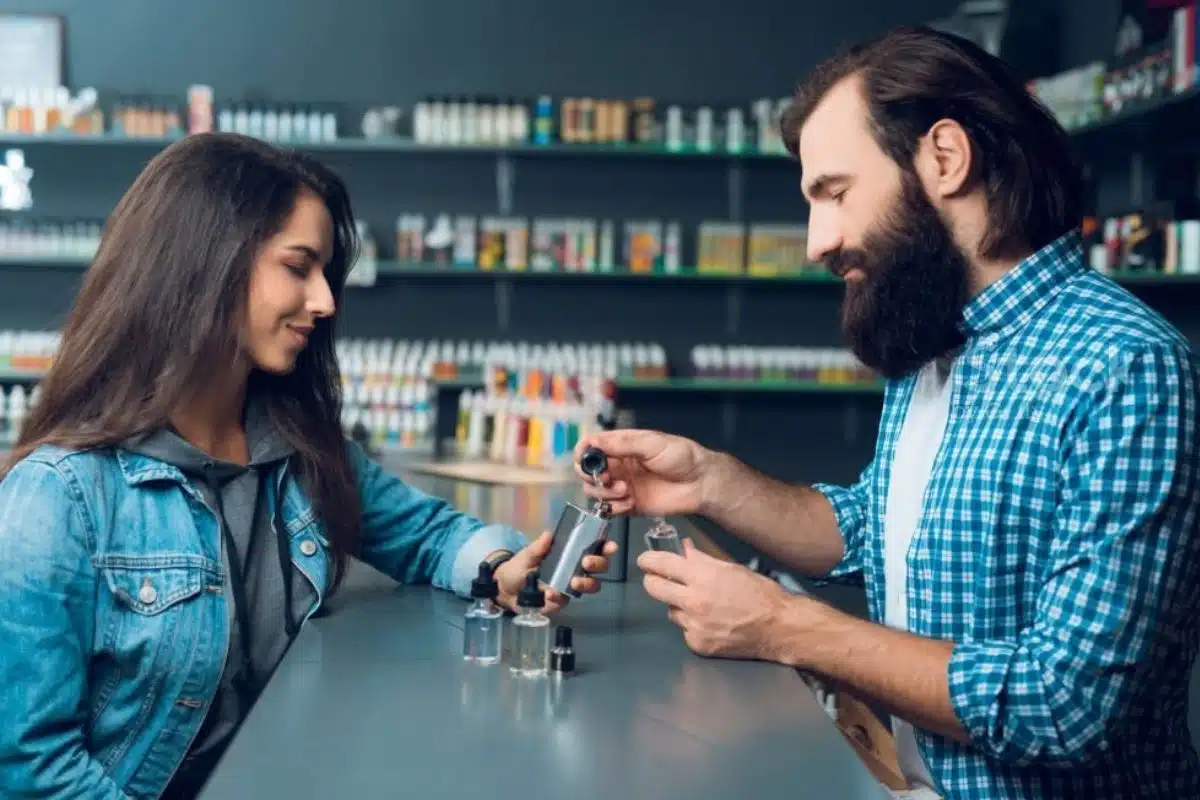
When I consider the authenticity of a Delta 8 disposable, I take a keen look at the price tag in correlation with the quality it claims to offer. Discrepancies here are often telltale signs of a counterfeit product.
Evaluating Cost Versus Quality
Price: Authentic Delta 8 products generally fall within a certain price range. If I find a product that’s significantly cheaper than the market average, it raises a red flag for me. High purity Delta 8 extraction and production entail certain costs, and if the price doesn’t seem to reflect that, it may indicate that the product is fake.
Cost and Low-Quality: These typically go hand in hand. A very low-cost Delta 8 disposable may signal compromised quality. My experience tells me that manufacturers of genuine products must cover procurement of high-quality hemp, extraction costs, and third-party lab testing, which all contribute to the final retail price. If the cost of a product is too good to be true, I remain skeptical about its purity and quality.
Pricing strategy is another aspect I take note of. If a brand constantly slashes its prices or is the only one offering substantial discounts compared to others, I investigate further. I’m aware that while deals and promotions are common, consistent underpricing could be a sign of low-value propositions.
My approach is to correlate the cost with lab reports and ingredient transparency. I look for products that offer detailed information about their contents and have verified third-party lab results matching what’s advertised. This way, I can assess if the pricing is justified by the product’s purity and quality. If there is a mismatch, I remain cautious about the purchase.
Regulatory Compliance

In the dynamic landscape of the cannabis industry, understanding the legal framework is essential for verifying the authenticity of Delta 8 THC products. I’ll guide you through the pertinent regulations and standards.
Legal and Industry Standards
Federal Regulations: Delta 8 THC occupies a gray area in federal law. It’s synthetically derived from hemp and, due to the 2018 Farm Bill, hemp-derived cannabinoids are legal; however, this does not automatically legalize all Delta 8 THC products. The DEA’s stance has implications on the legality, suggesting products may fall under controlled substances if synthesized from non-hemp components. Here is a breakdown:
- DEA Regulations: The DEA considers synthetically derived tetrahydrocannabinols to be Schedule I controlled substances.
- 2018 Farm Bill Compliance: For a Delta 8 product to be federal compliant, it must come from hemp and contain no more than 0.3% Delta 9 THC.
State Regulations: States hold the power to regulate or ban Delta 8 products outright. I’ve observed that some states mirror federal law, while others have explicit restrictions. Validating legal compliance involves:
- State Laws: Checking current state legislation on Delta 8 and related cannabinoids.
- Licensed Dispensaries: Ensuring purchase from state-licensed dispensaries guarantees adherence to state cannabis regulations.
Industry Standards: Reputable Delta 8 brands maintain high standards to align with legal guidelines:
- Packaging and Labeling: Look for clear labels indicating content, source, and compliance with the 0.3% Delta 9 THC limit.
- Lab Testing: Credible products undergo third-party lab testing for potency and purity, with Certificates of Analysis available.
By examining these regulatory constraints and industry practices, I can assess the legitimacy of a Delta 8 disposable.
Selecting Reputable Brands

When I’m choosing a Delta 8 THC product, ensuring the reliability of the brand is paramount to guarantee safety and effectiveness. I always look for ones that have established a good reputation and have clear product information.
Ensuring Product Reliability
To ensure I’m selecting reliable brands, I perform the following checks:
- Brand Reputation: I research the brand’s history, looking for a solid track record and positive customer reviews. Trusted brands often have an extensive footprint in the industry with many years of operation.
- Brand Names: I’m cautious with brand names that closely mimic well-known ones. Fake or less reliable operations might use similar-sounding names to create confusion. I always cross-reference the name exactly to avoid copies.
- Trusted Sources: I opt for purchasing directly from the manufacturer or authorized retailers to reduce the risk of encountering fake products. Reputed brands will have their authorized sellers listed or sell directly to customers through their own websites.
By combining the above approaches, I narrow down my options to the most reliable brands that provide convenience and assurance for my purchases. Here’s a simple framework I use to help me remember:
| Criterion | Why It Matters | What I Do |
| Reputation | Established brands have credibility. | Check testimonials and history. |
| Exact Brand Names | To avoid counterfeit items. | Ensure spelling matches exactly. |
| Trusted Sources | Keeps transactions secure and genuine. | Buy from official or authorized sellers. |
I always keep this table in mind as a quick checklist when shopping for Delta 8 disposables. This ensures that I stay clear of fake products and can use Delta 8 with confidence.
Practical Tips for Purchasers
When I’m looking to purchase a Delta 8 disposable, I always start by inspecting the packaging rigorously. I look for any indicators of tampering such as broken seals or inconsistencies that might suggest the product is not authentic.
Here are some steps I follow:
- Check the Authenticity Sticker: I make sure there’s an authenticity sticker with holographic features and a QR code.
- Inspect the Batch Number: Each genuine cart comes with a batch number. I verify this number against the database on the manufacturer’s website to confirm it’s genuine.
- Look for a Special Code: A special code that can be entered online for verification ensures the product has not been counterfeited. If it’s been used before or doesn’t exist, the product might be fake.
- Authenticity Verification Online: Legitimate brands offer an online authentication process. I enter the special code to ensure my product is real.
My shopping checklist:
- Examine the packaging for signs of tampering
- Locate the authenticity sticker and review its details
- Confirm the batch number’s legitimacy on the official site
- Enter the special code to authenticate the product
By taking these measures, I feel confident in the authenticity of my Delta 8 products. It’s crucial to only purchase from reputable sources, as the risks of using a counterfeit product can include severe health issues. Remember, these steps help in ensuring that the product I’m getting is safe to use.
Frequently Asked Questions
In this section, I’ll cover crucial information to help you identify authentic delta-8 disposable vapes and distinguish them from counterfeits.
How can you distinguish between a genuine and a counterfeit delta-8 disposable vape?
To differentiate a genuine from a counterfeit delta-8 vape, always verify the product’s authenticity with the manufacturer by checking for QR codes or serial numbers that can be found on the packaging. Genuine vapes often come with proper labeling, including lab-tested results and a comprehensive list of ingredients.
What are the common characteristics of fake cannabis cartridges?
Fake cannabis cartridges typically lack proper labeling, can have a questionable oil quality, and might exhibit poor build quality. Additionally, they might be sold at prices that seem too good to be true. Legitimate cartridges should display information such as the batch number, manufacturing date, and a clear brand name.
How can one identify a laced cannabis cartridge?
A laced cannabis cartridge often has an unusual chemical taste or smell and may cause unexpected or harsh physical reactions. These cartridges might not provide test results verifying their purity or might contain contaminants visible in the oil, such as cloudiness or unnatural colors.
What should legitimate delta-8 THC oil look like in terms of color and consistency?
Legitimate delta-8 THC oil should be clear or light-yellow, indicating proper distillation. The consistency should be thick and viscous. If the oil is overly runny or has a dark color, it may indicate improper processing or aging.
Are there specific symptoms or taste profiles that indicate a fake delta-8 vape cartridge?
A fake delta-8 vape cartridge may produce a harsh or chemical taste. Users have also reported experiencing symptoms like headaches, dizziness, or a sore throat. If the flavor seems off or the effects feel wrong, this could be a sign of a counterfeit product.
What safety concerns exist with the use of counterfeit delta-8 vaping products?
Using counterfeit delta-8 vaping products can result in serious health risks, such as respiratory damage and potential exposure to harmful chemicals. Counterfeit products are not subject to quality control measures and may contain harmful additives or incorrect levels of delta-8 THC.

